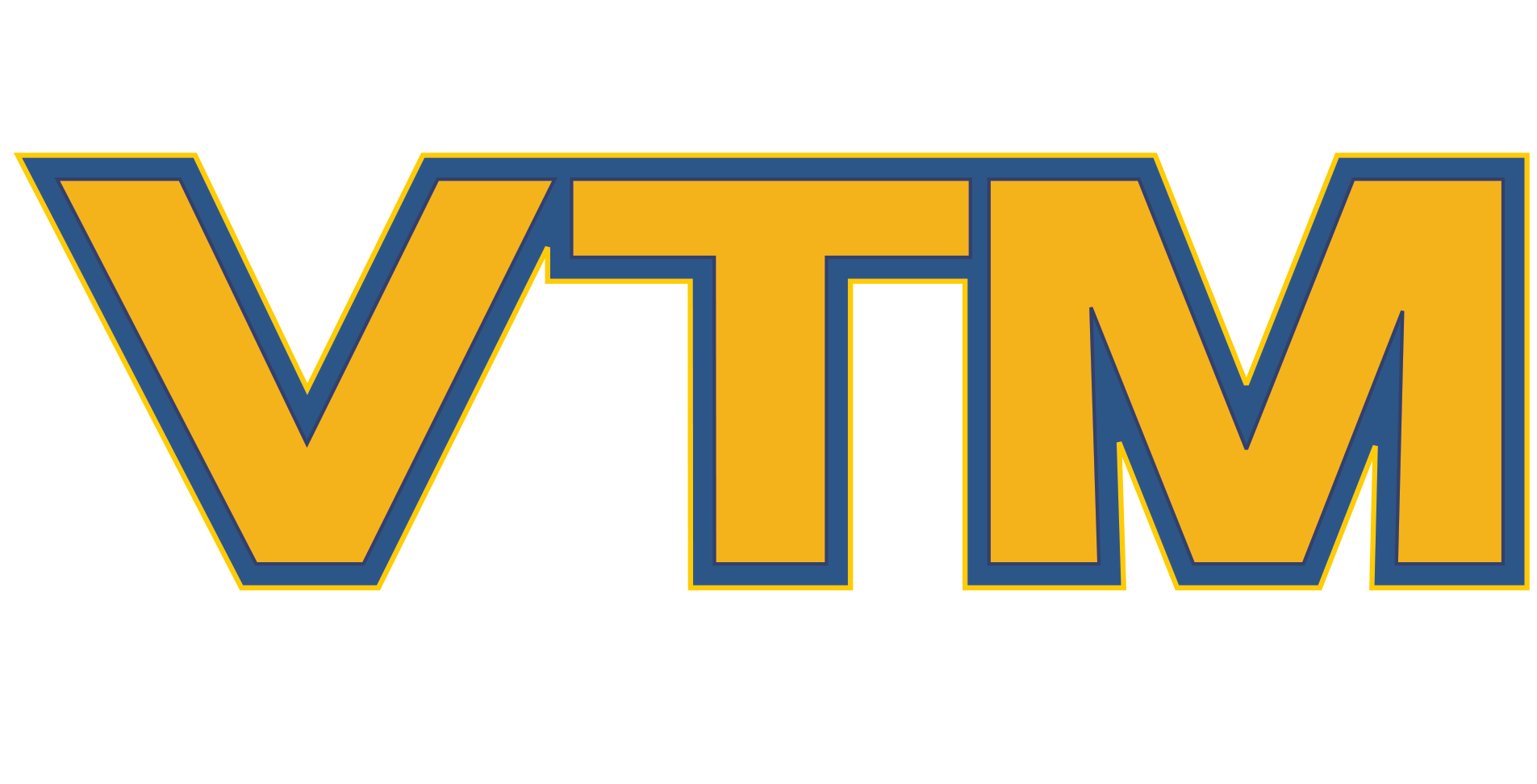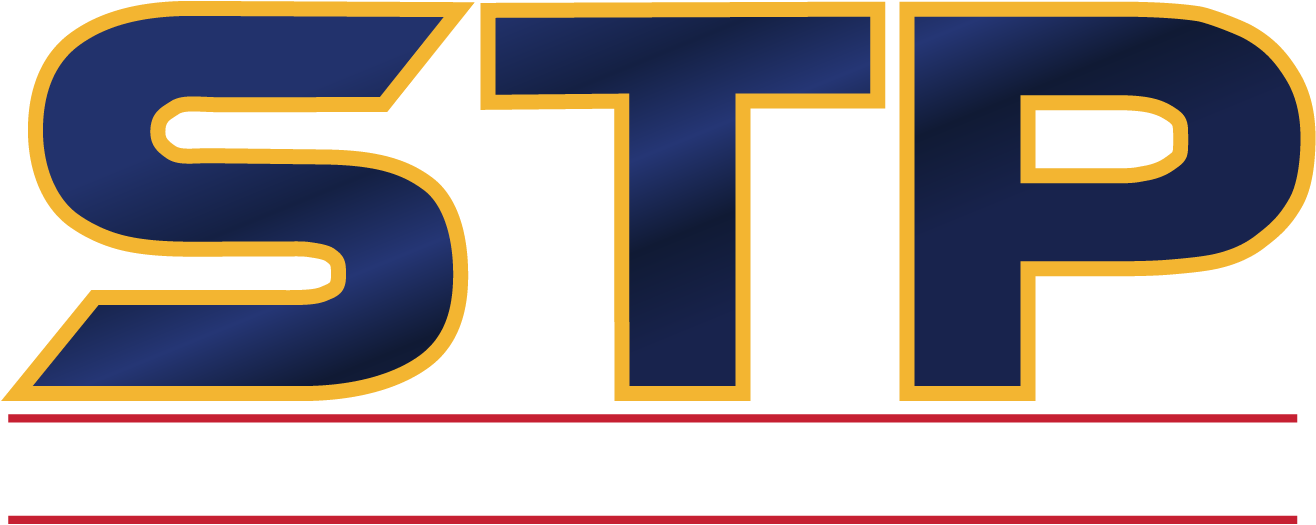Filter Projects
- Clear Filter
- Clear Filter
- Clear Filter
Project Results
(ES3) Engineering & Software System Solution, Inc.
Landing Gear Structural Health Prognostic/Diagnostic System
(ES3) Engineering & Software System Solution, Inc.
Demonstration and Validation of Brush LHE Alkaline Zn-Ni as a Brush Cadmium (Cd) Alternative
adtech photonics, Inc.
Accelerated Burn-In Process for High Power Quantum Cascade Lasers to Reduce Total Cost of Ownership
Advanced Ceramic Fibers, LLC
Innovative Approaches in Design and Fabrication of 3D Braided Ceramic Matrix Composites (CMC) Fasteners
Advanced Cooling Technologies, Inc.
Advanced Cooling Technologies for Multifunctional Information Distribution System (MIDS) Terminals
AMERICAN ENERGY TECHNOLOGIES CO
Improving Performance of Solid Rocket Fuel through Advancements in Materials Science
AOSense, Inc.
Atomic Inertial Sensor as an Alternate Position Source
Aptima, Inc.
Defensive Coordinator for Autonomous Countermeasure Systems
Aptima, Inc.
Enhanced Visualization for Situational Understanding
Arete Associates
Real-Time Subsea Sensor Simulator for ROVs and UUVs
Arete Associates
Small-Scale Velocity Turbulence Sensors for Undersea Platforms
ASR Corporation
Miniaturization of high average power, high peak power, wide bandwidth antennas
AURA Technologies, LLC
Real-Time Detection, Location, and Isolation of High-Resistance, Wye Power System Ground Faults
AVIRTEK, INC
Automated Unmanned Systems (UxS) Boundary Protection Capability
AVNIK Defense Solutions, Inc
Artificially Intelligent Object with Virtual Presentation of Engineering and Logistics Data
Axalume Inc.
Intelligent Laser System for CBM+ of Naval Platforms
Bascom Hunter Technologies
Implementing Neural Network Algorithms on Neuromorphic Processors
Beacon Interactive Systems
NAVY TECHNOLOGY ACCELERATION - Machine Learning (ML) and Artificial Intelligence (AI) to Develop Capabilities and Impact Mission Success
BH Technology, LLC
Wireless Sensing to Improve Submarine Machinery Health Monitoring

